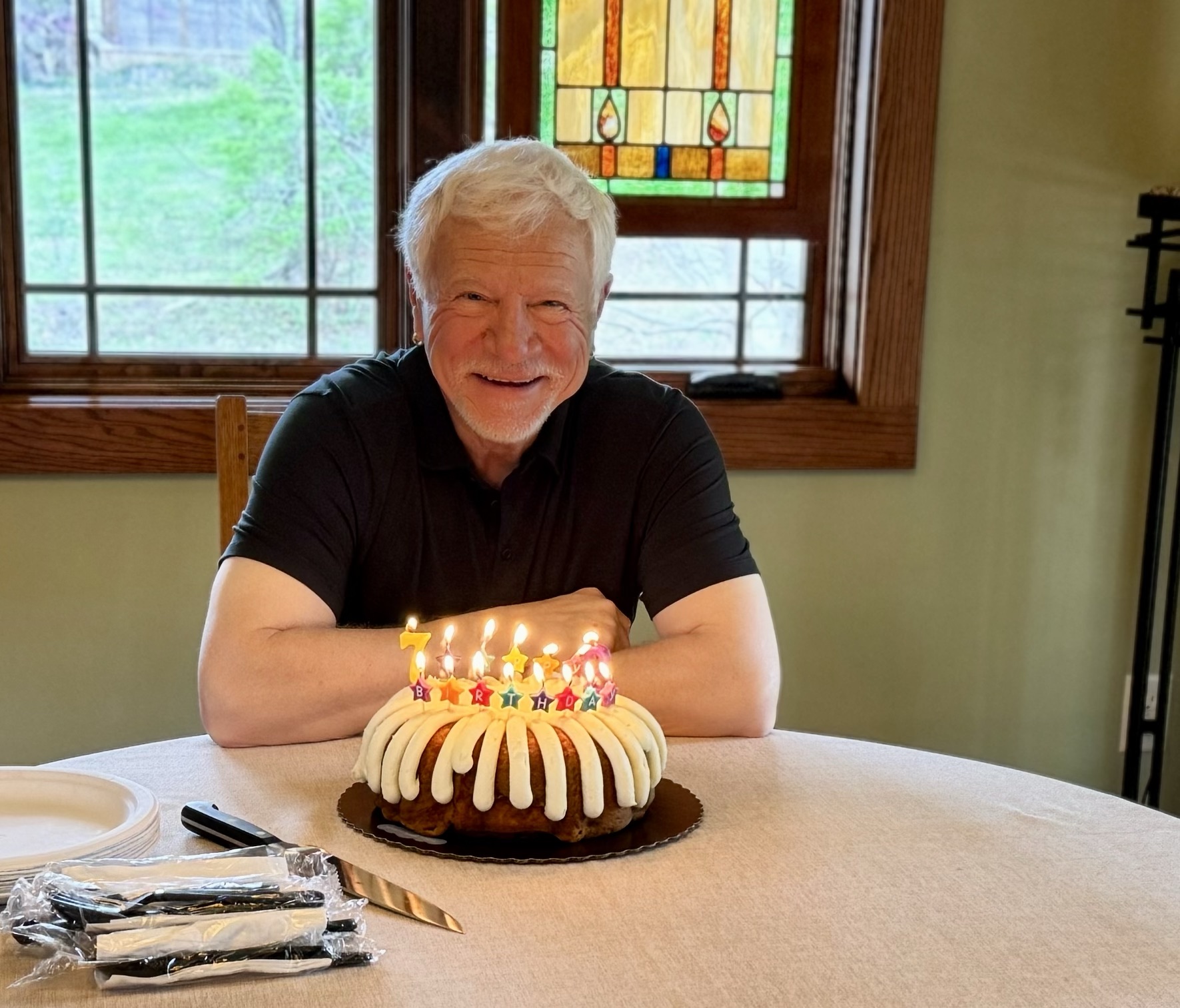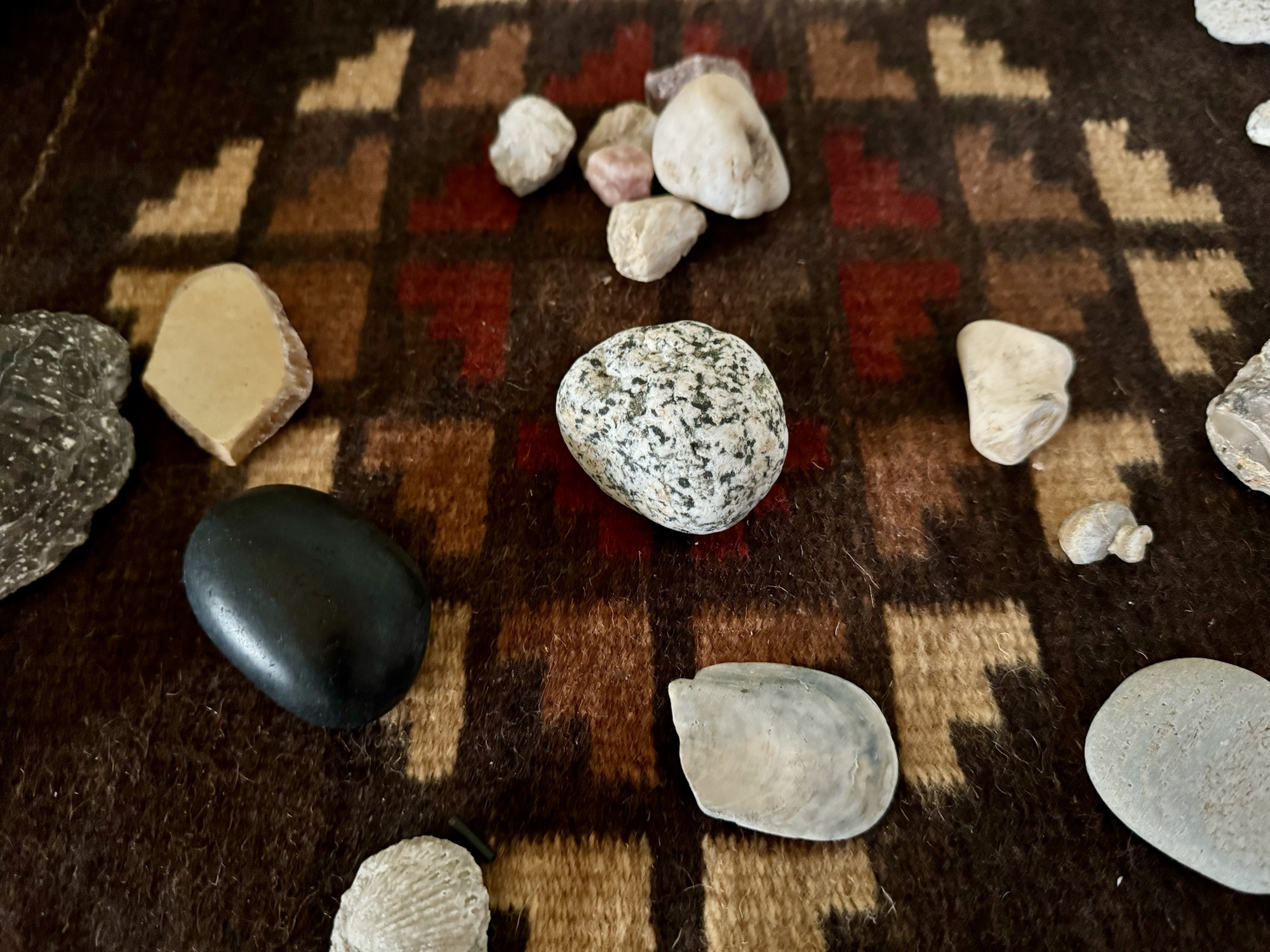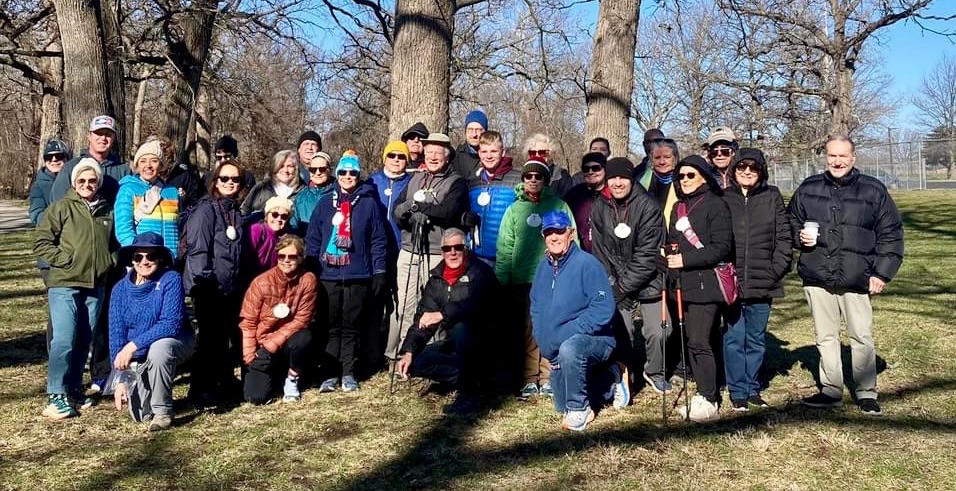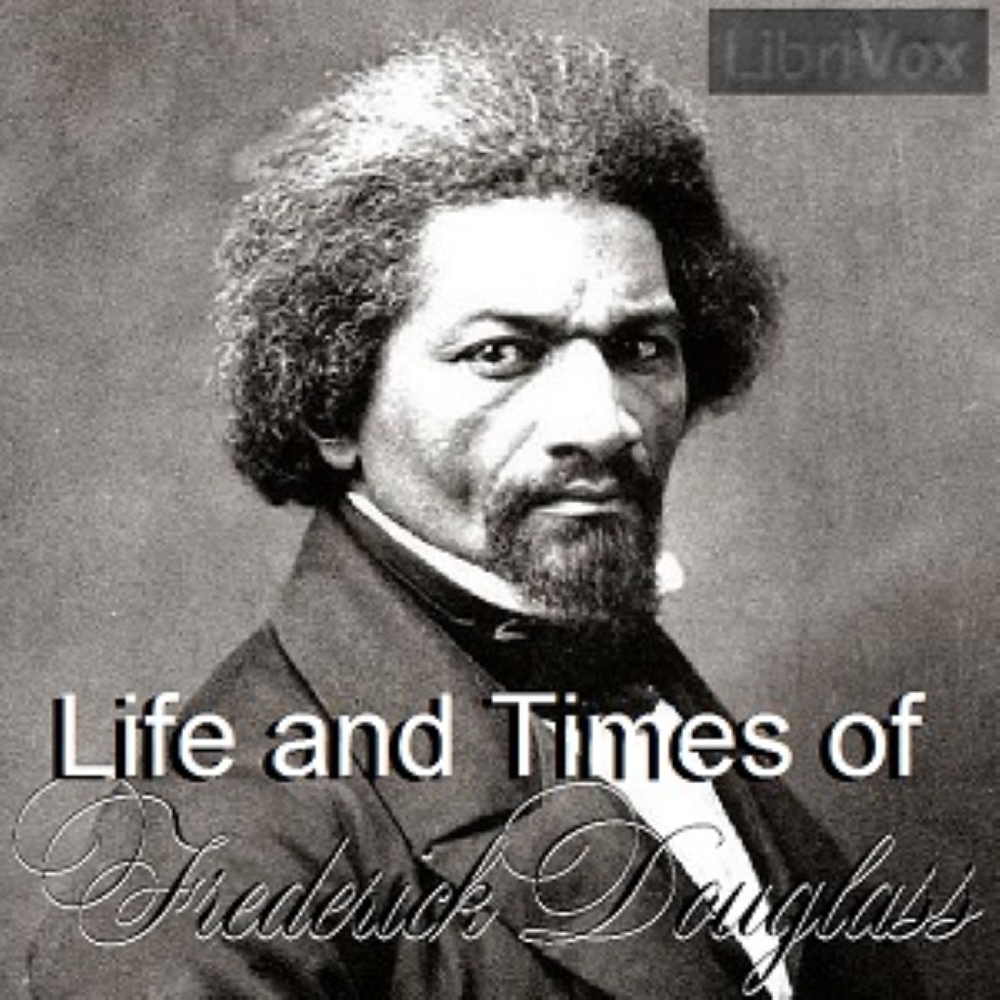
72…

If I had known that 72 would be so much fun I wouldn’t have put it off for so long!



Peace Everyone! Pete

Category: Life and Living

72…

If I had known that 72 would be so much fun I wouldn’t have put it off for so long!



Peace Everyone! Pete


Dear Britton.
In a little more than 10 weeks we depart for France and Spain! There is plenty of time yet to fine tune your pack to less than 18 pounds. At 15 years old and in shape from football, wrestling, and now lacrosse, you may not need to train for the 525-mile hike, but I do. There is, however, an important task that you should start to consider:
At the highest point (4,940 feet) on the French Route of the Camino de Santiago is a house-sized pile of stones sprouting an overlarge telephone pole that is capped with a small iron cross. This is known as the Cruz de Ferro (the Iron Cross).


Tradition holds that pilgrims on the Camino carry a small stone along the journey and in prayerful meditation deposit the stone at the foot of this cross.

The stone represents one or more of the little burdens we unconsciously accumulate in life. These are not the big intentional obligations such as education, work, family, or finances, but the smaller ones that we gather without thought. Anger, resentment, envy, jealousy, to name just a few.
At 15 years old you have few of these weighing you down. At 72 years old, I have collected a truckload!
Just as we are called to be mindful of these hidden burdens while walking the Camino, so should we each seek a stone that resonates with us, a metaphor of those burdens which weigh down the spirit.
The stone should be small, barely noticeable in your pack, just like the troubles we unconsciously carry. But consider the emotional weight during our lives. There are over one million strides taken along the Camino. If the stone you select weighs only 2 ounces, then that insignificant weight carried each step of “The Way” represents over 125,000 pounds!
The stone should be attractive in a way that makes it not easy to abandon, even though it is just a rock. Similarly, we convince ourselves that we are justified in our anger, resentments, spite. It is a human failing, an uncomfortable acknowledgement, that we are responsible for our own feelings. Justified or not, we are not benefited by harboring these sentiments, yet it is difficult to let them go.

Good luck in your hunt for that special stone, and for the deeper search for the peace that comes from the release of the burdens that it represents.
PS. The prayerful meditation at the foot of the Cruz de Ferro often takes form in these words:
“Lord, may this stone, a symbol of my efforts on the Pilgrimage that I lay at the foot of the Savior’s cross, one day weigh the balance in favor of my good deeds when the deeds of my life are judged. Let it be so, Amen.”

Bursting with enthusiasm upon our return from Spain in 2013, Christine and I were passionate to spread the message of the Camino in Kansas City. We founded the local group that would formally become the Kansas City Chapter of American Pilgrims on the Camino (KCAPOC). As time and other responsibilities redirected our focus we withdrew from active participation in the group.
Fast forward to March and we received an invitation for Britton and me to be recognized for our coming hike across Spain and to participate in the KCAPOC monthly Pilgrim’s Hike.
On March 9th we joined members of the group for a Pilgrim’s Blessing and Shell Ceremony. Along with 13 other “pilgrims” who would be walking at various times this year to Santiago de Compostela in Spain, we received scallop shells, a group blessing, and the good wishes of the larger membership. This shell is the symbol of a pilgrim on the Camino.



KCAPOC has grown! There are now more than 200 active members, nearly 40 of which assembled on the cold Saturday morning for the hike in the woods of Overland Park, Kansas.



This was grandson Britton’s first experience being embraced by the kinship of Camino Pilgrimage. It is just the beginning.


I had heard of him, but I knew little about him. He was born a slave, escaped and became an abolitionist, finally he became a revered national figure. In my ignorance Frederick Douglass was a shadow who lacked substance. That has changed. More on this in a moment.
LibriVox (LibriVox | free public domain audiobooks) is an online resource for those who enjoy audiobooks. Its distinguishing feature is that the books are all in the public domain, the copyrights having expired. The books are read by volunteers. Many of the readings are excellent, even approaching professional quality. LibriVox has an excellent iOS app that facilitates searching the catalogue and allows for downloading to smartphones and similar devices so that one can “read” off-line. I understand that there is a Google Play app, but I am not familiar with it.
The LibriVox catalogue consists of over 40,000 books and continues to grow. The great majority of the selections are read in English, but a sizable number are in German, French, Italian, and a host of other languages.
Most readers are familiar with H. G. Wells and Jules Verne, to name just two authors. Most readers recognize their most popular works such as “War of the Worlds, “The Invisible Man”, “The Time Machine”, “20,000 Leagues Under the Sea”, “Journey to the Center of the Earth”, and “Around the World in 80 Days”. However, on LibriVox there are 71 titles by Wells, and 81 by Verne, all free to read.
The quality of the readings can be variable. I have found a number of narrators that are exceptional. Among them are:
Mark Smith whose readings include: The Adventures of Huckleberry Finn, The Adventures of Sherlock Holmes, The Call of the Wild, Great Expectations, Robinson Crusoe, and Swiss Family Robinson.
Karen Savage whose readings include: the Anne of Green Gables series, The Scarlet Pimpernel series, and Jane Austen’s books.
Ruth Golding whose readings include: Wuthering Heights by Emily Bronte, and Women in Love by D.H. Lawrence.
There are others.
I came upon a strong recommendation to read The Life and Times of Frederick Douglass, an autobiography, narration by Lee Smalley.

Born into slavery in 1816, (or 17, or 18, slaves were not usually allowed to know their birth history) in secret he taught himself to read and write. He details his life as a slave, his escape to freedom, and his subsequent ascension in the ranks of abolitionists. He became an international celebrity while fearing for his life and possible recapture. He associated with such luminaries as John Brown, Harriet Beecher Stowe, Presidents Abraham Lincoln, Johnson, Grant, Hays, and Garfield, to name just a few. To consider him a genius may be an understatement. Having no formal education, his prose is that of the most highly educated person. His commentary is straightforward and striking. His voice reaches from the 19th Century, across the 20th, and speaks today with an eloquence that is decidedly relevant in our fractured society and politics.
To name just a few of the modern controversies that he directly addressed nearly 150 years ago: The efforts to negotiate an avoidance to war, whether there was any benefit to the enslaved by virtue of their servitude, and identification of the issues that resulted in the Civil War. He didn’t speculate, he was central to and lived the times.

This is his third autobiography, the previous two having been written before the Civil War. In those first efforts he could not fully tell the story of his escape to freedom without endangering the lives of those who had helped him. This third effort covers the scope of his life from birth, his early years in bondage, his escape to freedom, through his growing activism and celebrity, the Civil War and post-Civil War reconstruction, and his Presidential appointments as the United States Marshall of the District of Columbia and as U. S. Minister to Haiti.
This is an exceptional read, and my recommendation is all the more appropriate on this holiday weekend that honors the life of Martin Luther King.



Posted January 6, 2024, at Alma, Colorado
In September 1920, a crowd had gathered outside of the Cook County Illinois Courthouse where a Grand Jury had convened to take testimony in what would later be called the “Black Sox Scandal”. 8 professional baseball players from the Chicago White Sox stood accused of conspiring with organized crime figures to “throw” the 1919 World Series in favor of the Cincinnati Reds. Among the 8 was “Shoeless” Joe Jackson an illiterate son of a sharecropper and an unlikely prospect for baseball fame.

Yet, “Shoeless” hit .409 in his rookie year, a record that stands today, and in 12 years of play he achieved the 4th highest lifetime batting average in Major League Baseball (MLB) history, .356. He was the sports hero of countless children across the country. Desperate to believe in him, their cry went out, “Say it isn’t so “Shoeless” Joe!!”
The heavily favored White Sox were defeated by the Reds, 5 games to 3 in a best of 9 game series. The Sox played uninspired ball, committing unexplainable errors and miscues in a fashion that was atypical for them. Underground betting odds in Cincinnati seemed to predict the outcome. Although “Shoeless” Joe set records in the Series as a batsman, he allowed an unusual number of extra-base hits in his outfield position.

He was alleged to have admitted his participation in the conspiracy but later recanted the purported admission in the criminal trial that followed. He and the other 7 players were acquitted. Nevertheless, “Shoeless” Joe and his confederates were banned for life from the MLB.

The controversy persists to this day. Did “Shoeless” participate in “fixing” the 1919 World Series? There are grounds supporting those who believe he did, just as there are for those who believe he did not. History will provide no better answer.
Fast forward to January 6, 2021: Christine and I sat transfixed like hundreds of millions of others around the world. A drama played out before our eyes on every television network station. The United States Capital was under attack. Law enforcement was overwhelmed by the violent mob. Windows to the Capital were smashed to gain entrance. Shouts from the mob included the avowed intention to kill the Speaker of the House and to hang the Vice President of the United States. Members of the House and Senate cowered in fear for their lives. What we witnessed that day is seared into my memory, holding its place alongside the assassinations of John F. Kennedy, Bobby Kennedy, and Martin Luther King. Just like “9-11”, the riot at the 1968 Chicago Democratic Convention, the killings at Kent State, and the Space Shuttle disasters, I cannot unsee what occurred on January 6, 2021.

Yet, there are those desperate to believe other than what we saw, “It was a peaceful tour of the seat of government”, “The FBI orchestrated it”, “The “rioters” were hired actors”, The images are phony”, “Fake news” …
This desperation of belief, unlike that with “Shoeless” Joe and the Black Sox Scandal, is not a matter of conjecture or opinion. It happened in real time before our eyes. Under our system of justice, the accused are entitled to Due Process of Law, a presumption of innocence, and proof of guilt beyond a reasonable doubt. To date over 1,200 have been arrested and charged. Of approximately 170 who have gone to trial, all but 2 have been found guilty. Over 700 have pleaded guilty and over 350 have charges still pending. More suspects are being identified each week as the task of analyzing over 44,000 hours of security and media video is monumental and continues.

In the American system of jurisprudence, a finding of “not guilty” does not mean it did not happen. The nation and the world witnessed the events unfold that day. It was an insurrection; it was an attempt to overthrow the government of the United States. Those who are desperate to believe otherwise are fools. Those who try to convince us that we have “lying eyes” are charlatans, hucksters, and much worse they are desperate to deceive. Like it or not, the Constitution that the insurrectionists sought to shred, affords each of them with the right to promote falsehoods. It does not require us to disbelieve what we saw that day.
